T-Mobile’s HTC Sensation 4G will launch in the U.S market in a few weeks, but we’ve managed to get our hands on a demo unit a bit early thanks to our friends at HTC. The HTC Sensation 4G is expected to be one of the best-selling HTC phones of 2011, making it a direct competitor to the Samsung Galaxy S II.
The HTC Sensation 4G features a 1.2 GHz dual-core Snapdragon process from Qualcomm, a 4.3-inch qHD (960 x 540 pixels) display, 768 MB of RAM, 8 megapixel camera with dual-led flash, 1080p video recording, front-facing VGA camera for video-chat, and a 1520 mAh battery.
The first feature that most people notice on the HTC Sensation 4G is the handset’s 4.3-inch gorilla Glass countered display. Due to the display’s 16:9 aspect ratio, the HTC Sensation is noticeably less wide than the HTC EVO 4G or the HTC Inspire 4G. The contoured Gorilla Glass which covers the screen bevels up towards the edges and keeps the center of the screen from making contact with flat surfaces when the phone is place face down. The SLCD display is amazingly crisp but if you were hoping for amazing colors you may have to look for another phone. We found that the saturation levels on the Sensation’s screen to be a more subtle than what we have been accustomed to on other HTC handsets.
Fortunately, HTC has paired the HTC Sensation’s qHD display with Qualcomm’s amazingly powerful 1.2 GHz dual-core processor. Android phones with dual-core processors are nothing new. LG’s been using the NVIDIA Tegra 2 chip since last December and Motorola and Samsung are using them already in their new phones and Honeycomb tablets. The main difference between the Qualcomm MSM8660 chip and other dual-core chips from other manufacturers is its capability to manage each core individually. This allows the phone to utilize only one of the cores while using most apps or in standby mode and then enabling the second core when capturing HD video, taking picture, or killing monsters in your favorite 3D game.
The benefits of the dual-core chip are most noticeable while playing 3D games. We’ve downloaded all of our favorite titles from the Android Market and put the HTC Sensation to the test. Qualcomm’s dual-core chip definitely lives up to all the hype and delivers butter smooth gaming across the board. This is certainly impressive considering that the qHD display significantly increases the processor load in 3D games due the 30% pixel increase over phones like the EVO 4G, Inspire 4G and T-Mobile G2.
Battery performance on the HTC Sensation 4G is on par with most other Android phones of the day. The Sensation’s 1520 mAh batter holds enough juice to get us through 14 hours of typical daily use, but keep in mind that the handset’s screen and camera will suck your battery dry pretty quickly.
If you have any questions about the HTC Sensation 4G, please let us know. We’ll be using the handset for another week or two and have plans to give you a closer look at some of the other cool features HTC has bestowed upon it.




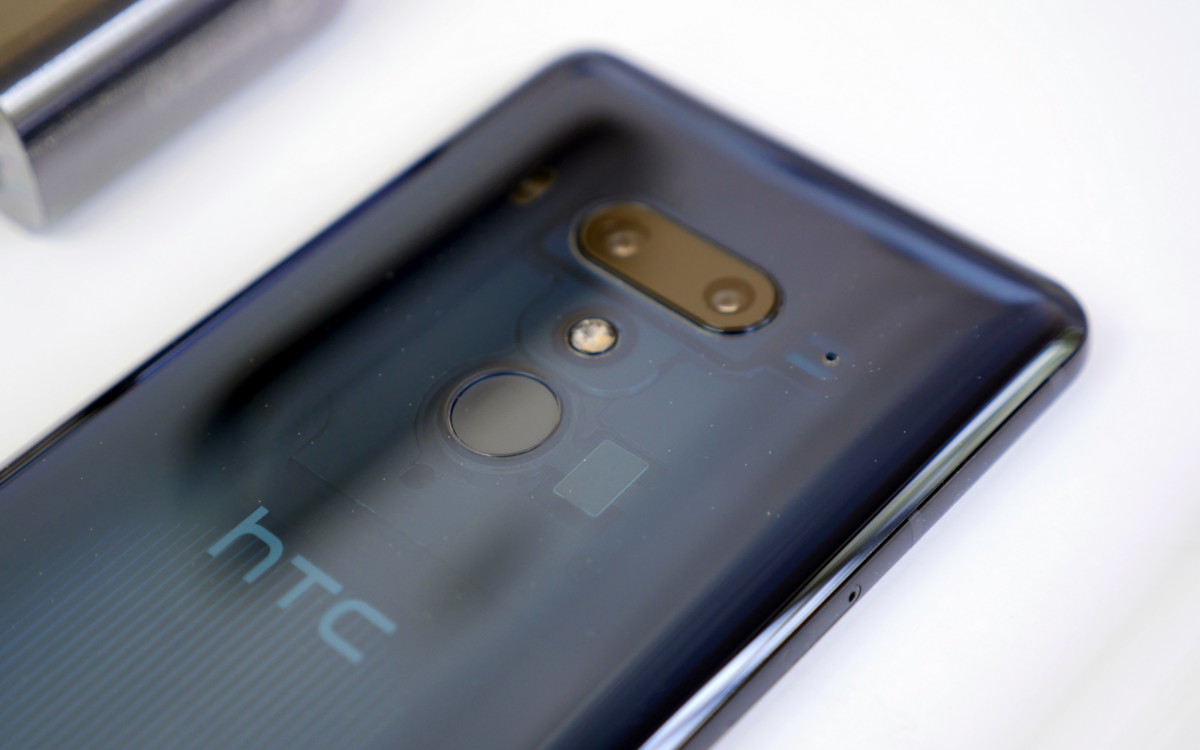
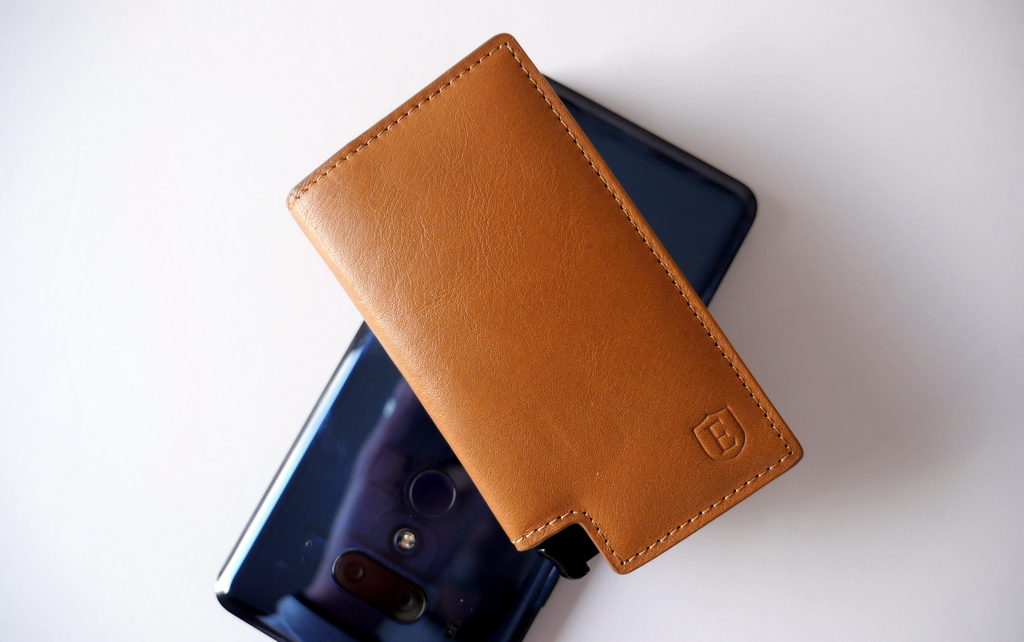

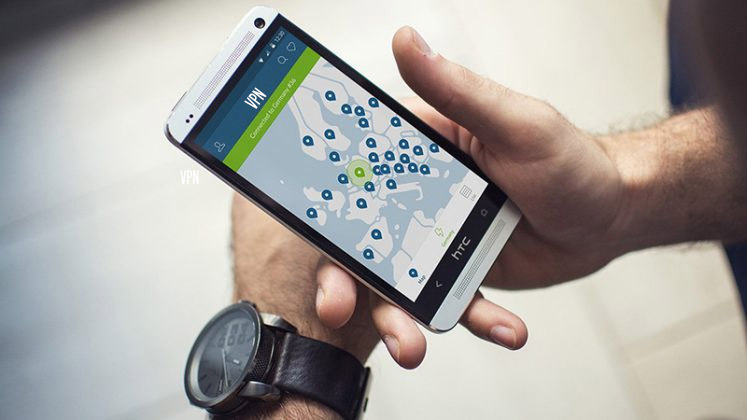


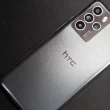

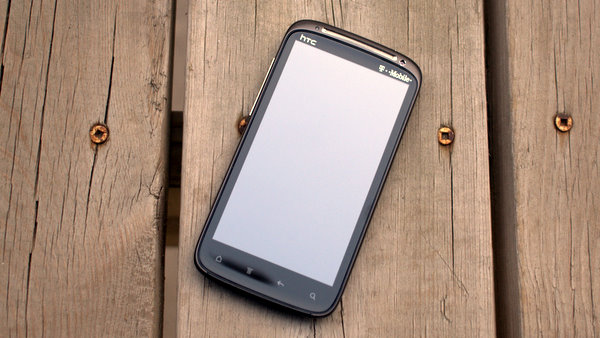













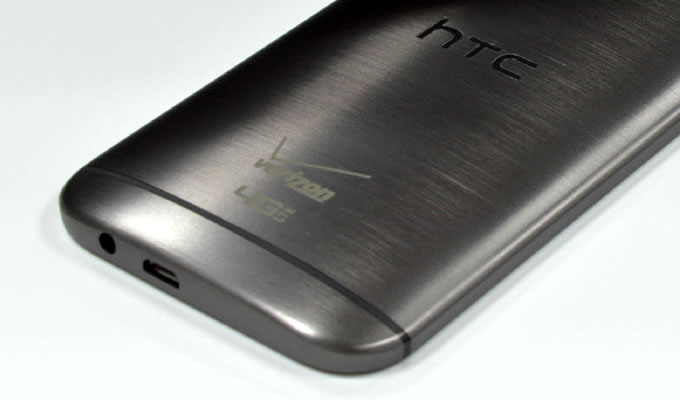

I’ve been hearing stories about the Sensation suffering from the death-grip? Could you guys do demos on the one you received?
https://htcsource.com/2011/06/video-oops-death-grip-takes-hold-of-the-htc-sensation/
I too would like to see death grip trial as posted it and cannot test. How unusual is the way the phone fits together? Mainly it’s previously been thought that this would be a unibody design, but it seems faux. Overall it looks really smooth, obviously though we won’t see the full power of these dual core phones, untill apps are optimised to take advantage of the hardware